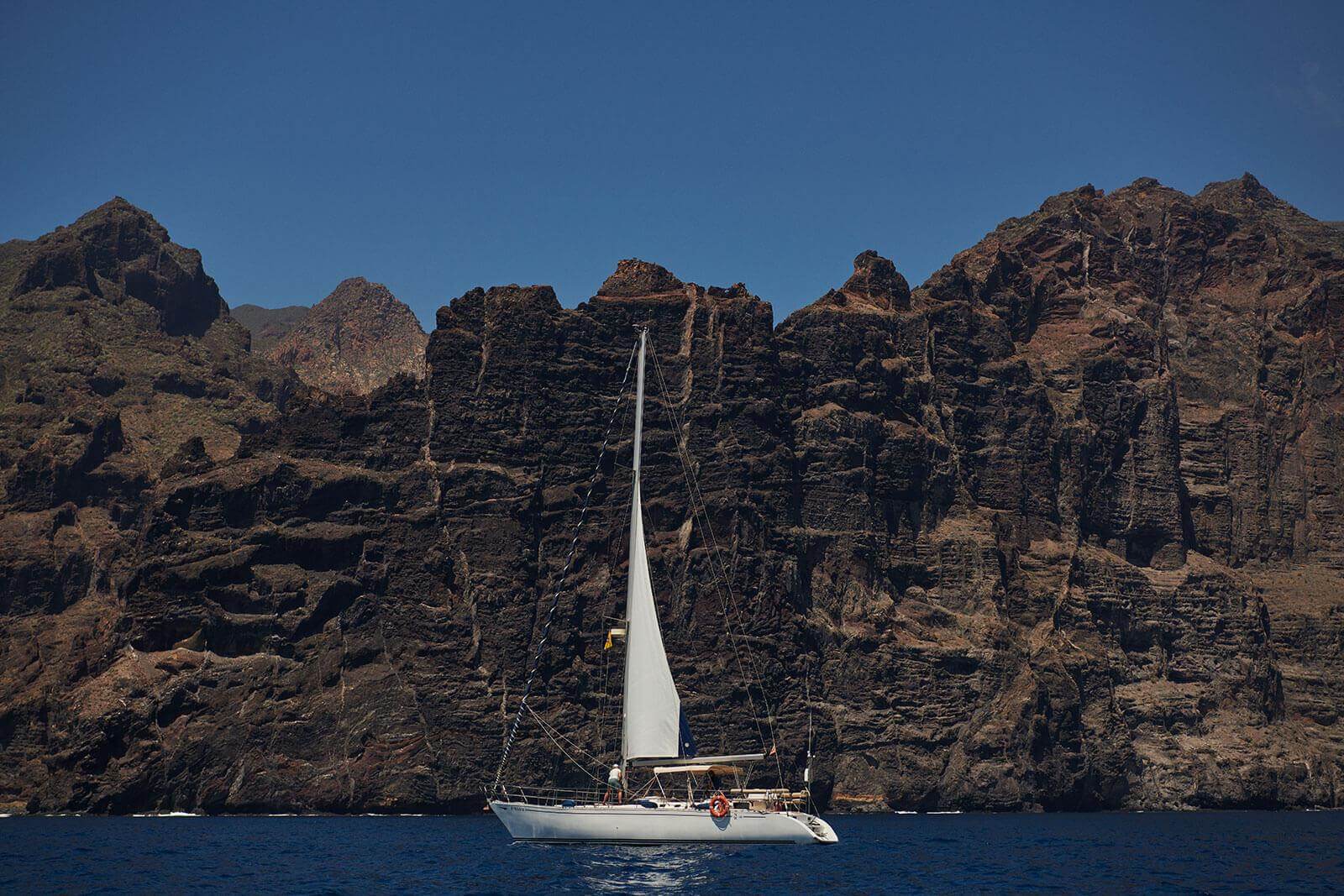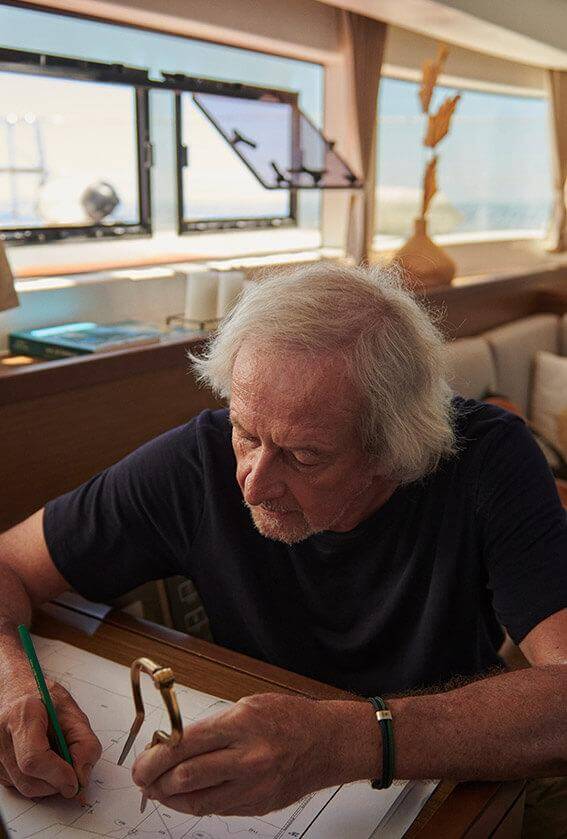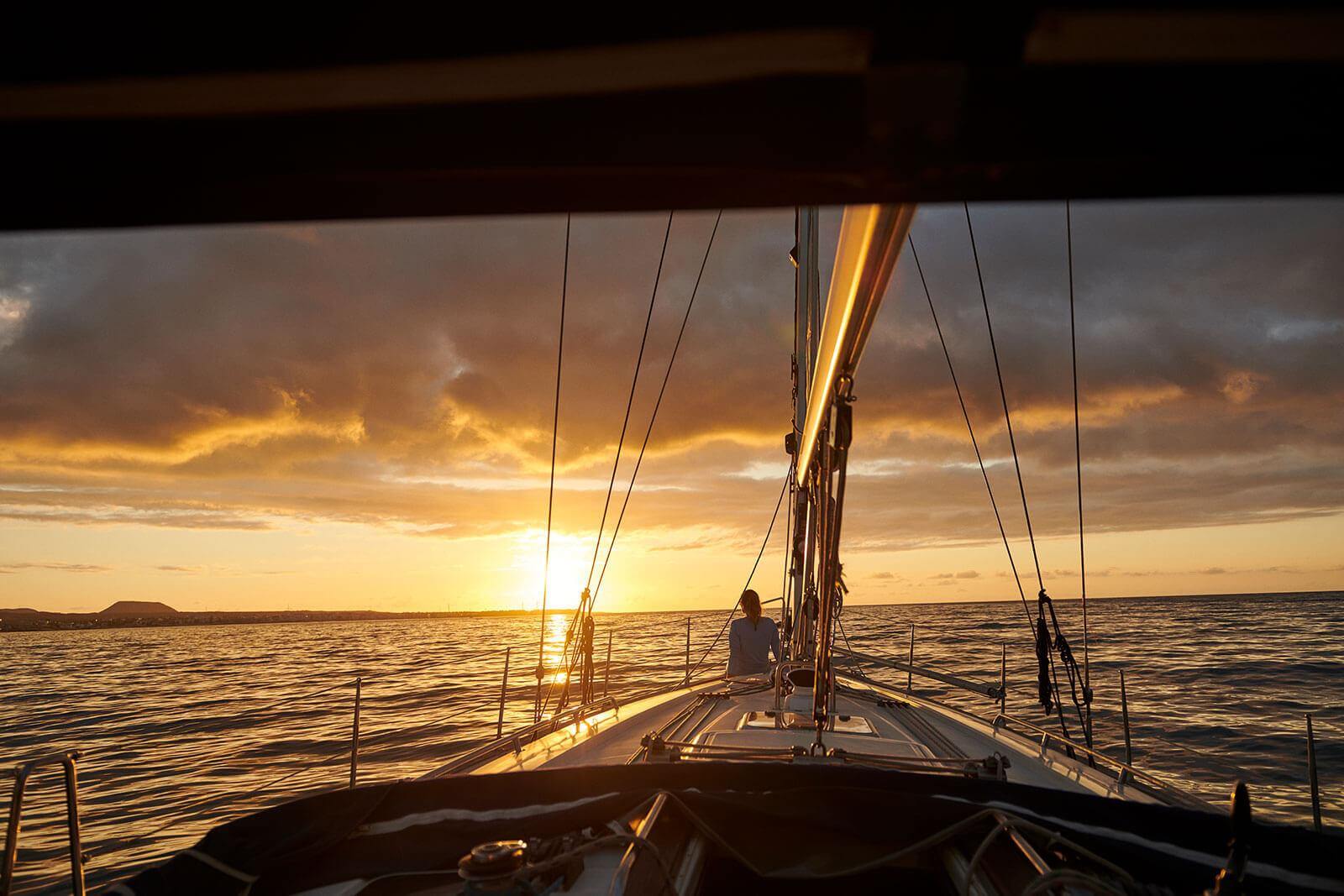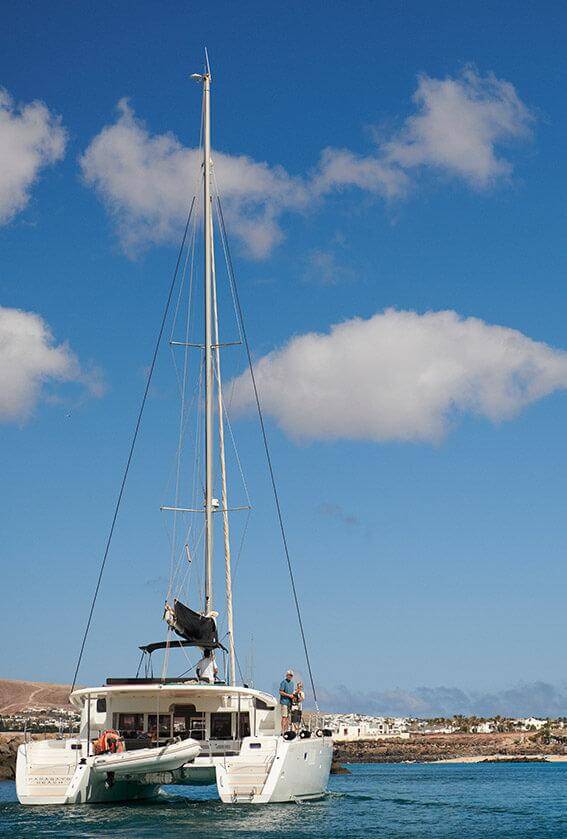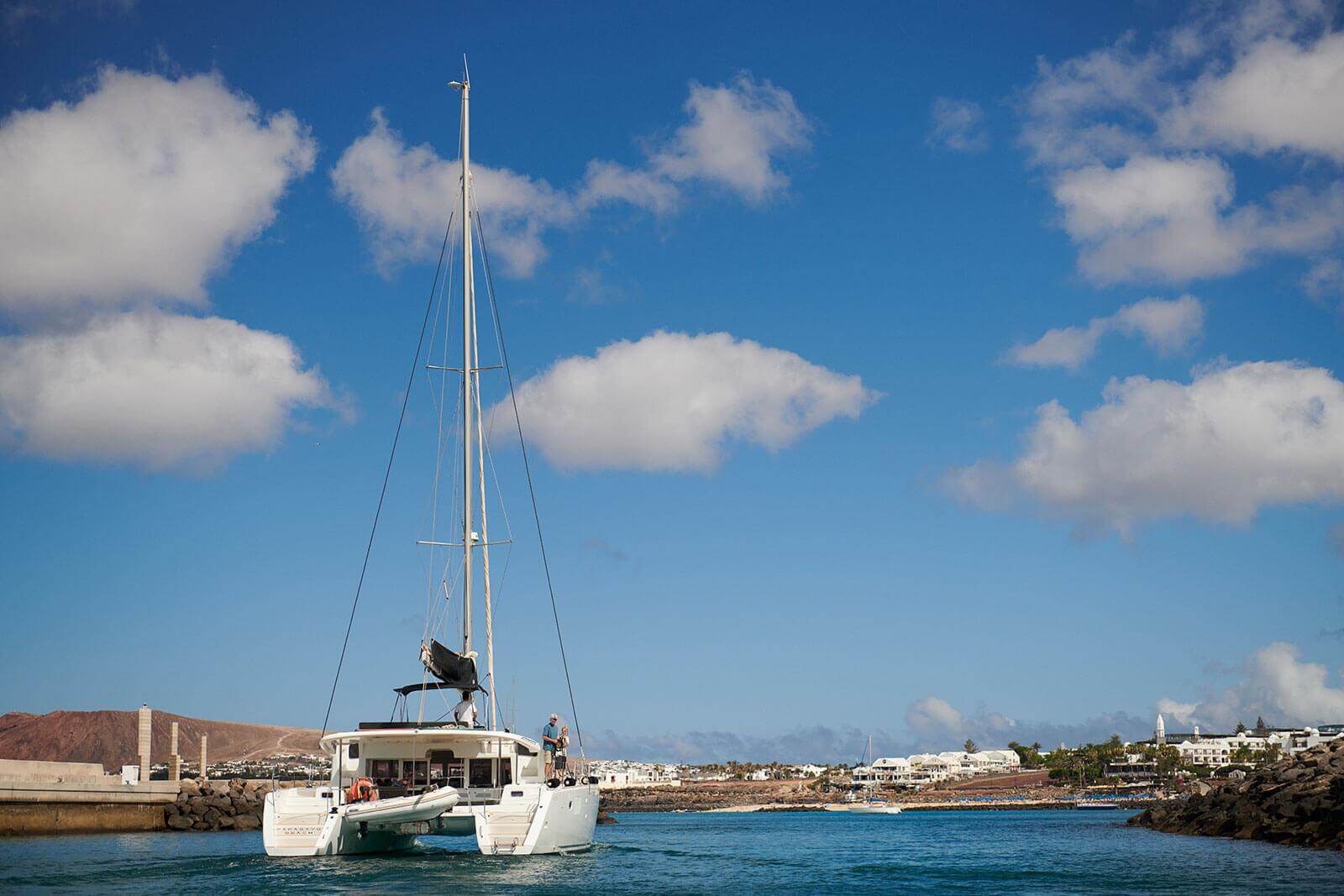Eight different islands, fantastic coastal scenery, excellent marinas and a perfect climate make the Canary Islands an ideal destination for ocean sailing. And although the distances between islands mean one can hop from one island to another by sailing during the day, a certain amount of experience is required. Would you like to enjoy safe ocean sailing? Here are some tips for you.
An unforgettable experience
Sailing between islands of volcanic origin is an unforgettable experience. However, it is important to remember that the Canary Islands are located in the Atlantic Ocean and sailing can be demanding here. Which is why it is advisable to take certain precautions before embarking on a voyage. Preparing the boat properly and studying the weather forecast to find out about wind and wave types are just some of the standard measures all good sailors should bear in mind before casting off.
The main characteristic of the archipelago is that the distances between islands are quite manageable. Routes can be covered in one day, avoiding night sailing. And although it is possible to sail practically all year round in the Canary Islands, planning the season is also important. The best months for enjoying a good ocean experience are May, June, September and October.
Planning the route
The Canary Islands offer a bountiful, pleasant climate 365 days a year. But this does not mean that you can embark on a sea crossing in a T-shirt and swimming costume, without suitable clothing. We advise you to keep waterproofs and boots in your boat, along with several sets of clothes to change into if you get too wet.
Another aspect to bear in mind when planning your trip is adapting the crossing you choose to the weather. For example, if the forecast predicts a strong north-easterly wind it is advisable to avoid routes with a headwind, such as the one from Gran Canaria to Lanzarote. Close-hauled routes under such conditions make sailing less enjoyable. It is better to take on routes where we sail on a broader reach, even though this may mean covering more nautical miles. At the end of the day, it will be more convenient.
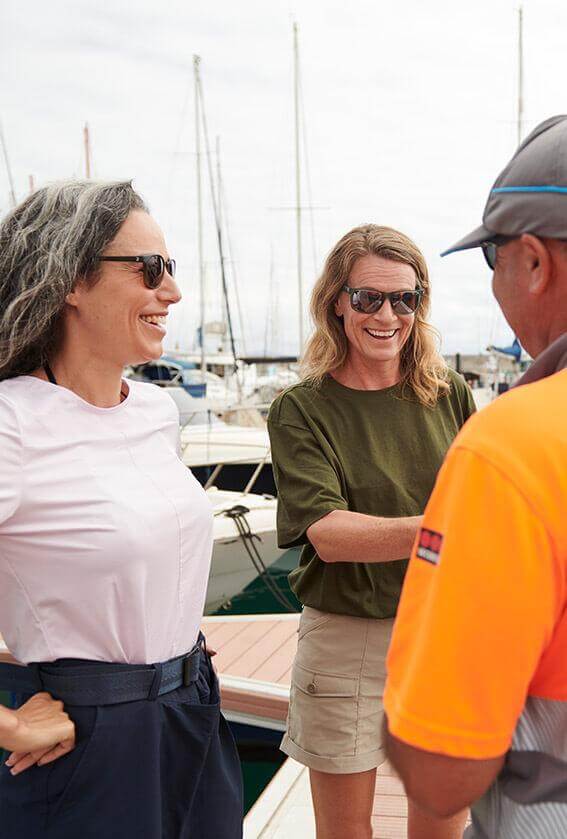

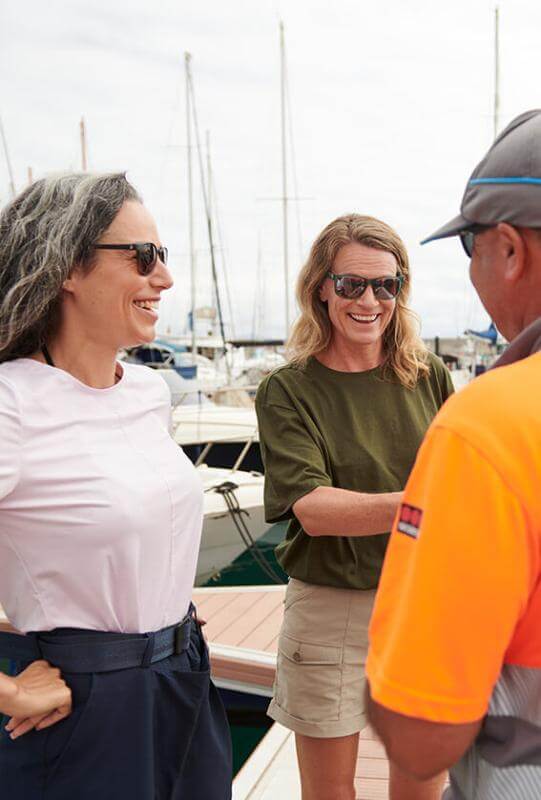
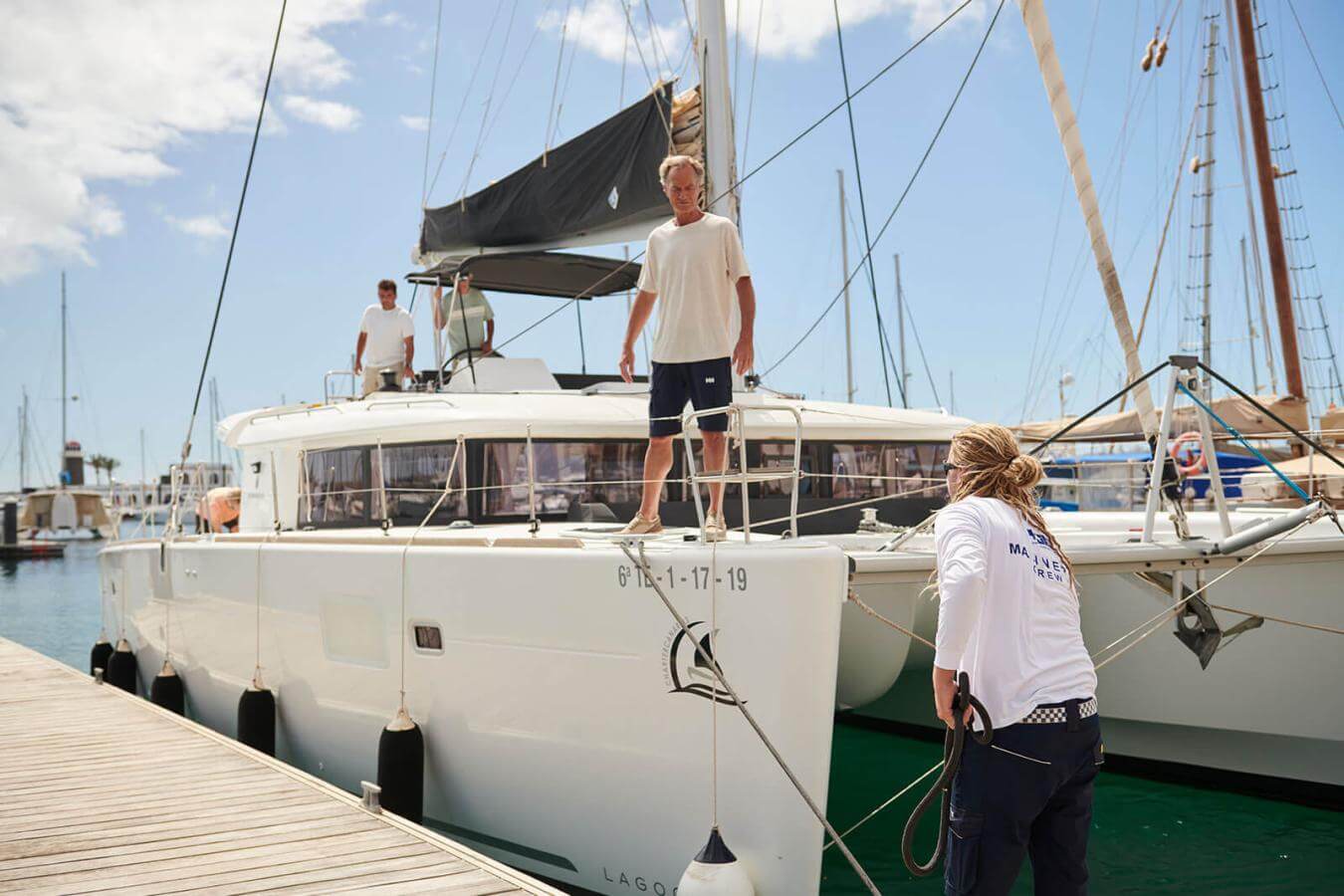

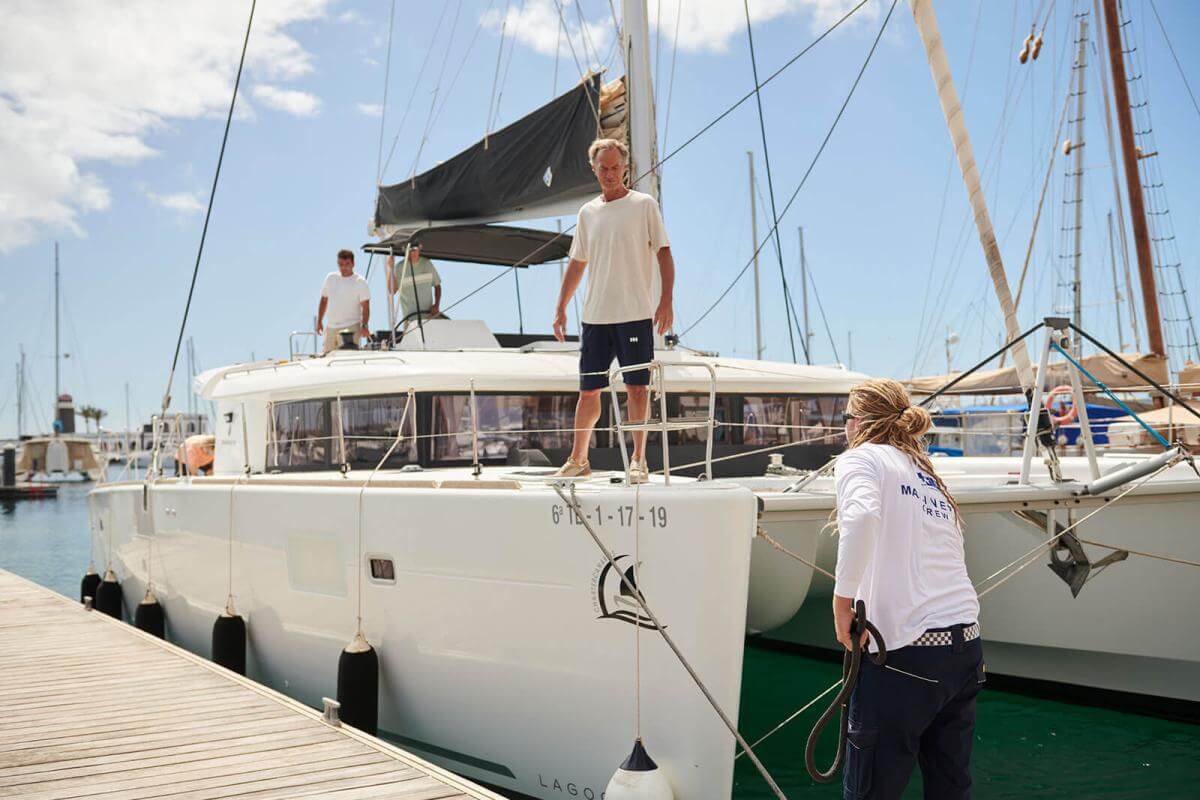
Stowing things away on the boat
Sailing on the high seas between the Canary Islands calls for a certain amount of preparatory work in the pontoon. Water, food, diesel, warm clothes… these are just some of the items that need to be present at this stage. Details such as filling up the diesel tank, checking the gas bottle, calculating the amount of water the tanks need to be filled with properly and which ones will be used, bring security to the experience of ocean sailing. For example, experienced sailors recommend not filling the bow tank or the leeward tank if the route requires sailing against the wave.
And everything on the boat has to be stowed away properly before making the voyage. This involves securing all of the elements on the boat, both inside and out, in order to safely immobilise them. The inclination and movement of the waves causes objects to fall down and can lead to accidents or damage.
Boats used for this type of sailing are equipped with a galley which enables the crew to prepare food during the crossing. But it is also the case that, depending on the weather conditions, cooking while sailing can be complicated. And so taking ready-made food, which requires no preparation, will make provisioning simpler. The pleasure of cooking should be reserved for when the boat is anchored in one of the numerous beauty spots around the Canary Islands.
During the voyage
Once out on the high seas, provided the planning and preparation work has been carried out properly, all that remains is to enjoy the voyage. Feeling the ocean breeze on the sails, sailing the boat out at sea, facing one-and-a-half-metre-high waves, and travelling alongside cetaceans who swim in step with our vessel is a unique experience, and one offered by ocean sailing in the Canary Islands.
It is true that if the voyage takes place overnight it is a good idea to organise sleeping shifts in advance, as well as a resting place. Generally speaking, if the weather is bad the bow cabin is not suitable. The movement of the vessel is more intense in this part of the boat. Furthermore, if wind is forecast the size of the sails has to be reduced before nightfall. Daytime manoeuvres are always safer.
Finally, the presence of the trade winds gives rise to certain particularities which affect sailing. In summer, for example, the intensity of the wind increases as the day grows warmer. And between some islands this gives rise to acceleration zones, as occurs between Gran Canaria and Tenerife, in the area known as “La Mancha”, or the “Juan primo” alley located between Tenerife and La Gomera.
Marina or anchorage as a final destination
Although the Canary Islands have numerous marinas dotted around all the islands, it is a good idea to book ahead in order to ensure you have a mooring before arriving. But if you choose to anchor instead, you should select the spot well, taking a series of considerations into account:
- The islands do not have an ocean shelf, and so as soon as we move away from the coast a little, the water depth increases. Which is why you should check out the anchorage ahead of time, and have a clear idea of the characteristics it possesses. The influence of the tides, winds and currents is very important.
- The north, north-west and north-east of the islands are usually areas with poor conditions for anchoring. The best advice is to seek out the “shelter” of a cove in the south or south-west side.
- When anchoring or mooring in a harbour without a jetty, the boat must be secured well and the tides taken into account. Because in the Canary Islands, the depth of an anchorage can vary greatly between low tide and high tide.



